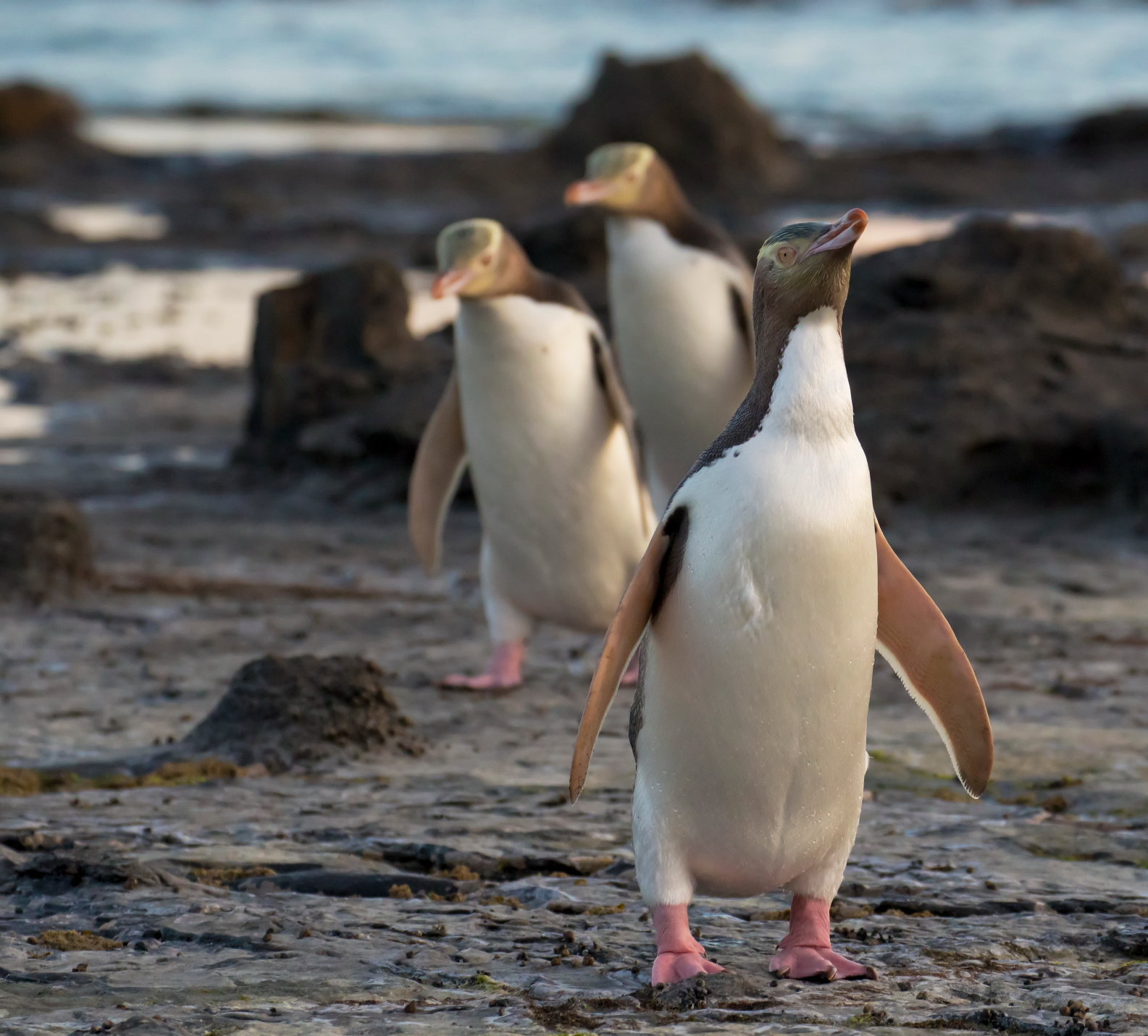How yellow-eyed penguins and sea lions took over New Zealand
A centuries-long cold snap changed the history of humans and wildlife
In 2009, a group of researchers studying the history of New Zealand’s endemic yellow-eyed penguins uncovered a surprising story of extinction and turnover. Using both modern and ancient DNA, they discovered that yellow-eyed penguins aren’t actually native to New Zealand at all, but had instead replaced a previously unknown species of penguin that had gone extinct due to overhunting by humans.
Another study published in 2014 showed a similar pattern for the sea lion species Phocarctos hookeri, in which one lineage went extinct in New Zealand only to be replaced by another from Antarctica.
.jpg)
Hello
But how did these new arrivals survive in the presence of humans when their close relatives could not? It was only recently, in July 2017, that researchers found the answer, inextricably linking the species turnover with the Little Ice Age, which caused both humans and animals in New Zealand to migrate due to the cold.
Famine, cannibalism, and cold
In 1315, after decades of unseasonably warm weather, temperatures in the northern hemisphere began to cool. An almost ceaseless curtain of rain descended on Europe, setting off a chain of events in which crops failed, livestock perished, and the population went through what later became known as the Great Famine, during which cannibalism was not an unknown occurrence. The famine lasted until around 1320, but even after food became less scarce, Earth’s climate continued to cool, spreading into the southern hemisphere as well.
Historians have linked this cold period, which spanned the Renaissance and the beginning of the Industrial Revolution, to much of the turmoil that occurred during this time. With food shortages continuing across Europe and Asia, and subsequently weakened immune systems, humans were more susceptible to disease, which may have contributed to the especially pernicious virulence of the bubonic plague. The rising price of grain due to poor harvests fueled political and social unrest, which contributed to the Thirty Years’ War, the conquest of China by the Manchurians, and the French Revolution.

But what about this weather
Not all of the Little Ice Age’s effects were detrimental, however. The shorter growing seasons led to smaller, more uniform growth rings in trees. When Antonio Stradivari used spruce and maple wood to construct violins, the uniform density gave his instruments the characteristic tone that made them famous.
Antarcticans move north
Between 1200 and 1300 CE, Polynesians discovered and colonized New Zealand and, for the first two centuries, hunted several of the native species to extinction. The islands’ birds were particularly hard hit – 41 percent of the endemic species have gone extinct (including the flightless moa) since the initial human colonization. As humans made their way south in search of more land, they began hunting the more cold-adapted penguins and sea lions that lived along the southern coast as well. By the end of the 15th century, the endemic Waitaha Penguin (Megadyptes waitaha) had been hunted to extinction. The New Zealand sea lion (Phocarctos hookeri) was also on its way out but managed to scrape by for another century before it too succumbed to extirpation due to overhunting.
Had the Earth’s climate remained the same, this might have been the sad end of the story. But by the year 1500, the Little Ice Age had made its way into the southern hemisphere, lowering temperatures and expanding the size of glaciers in low latitude areas, such as Patagonia.

Nice archipelago you got there
Conditions rapidly became less than ideal for human settlements in southern New Zealand, and archaeological data show that the human population in the area rapidly decreased as people migrated north to escape the cold. The damage they’d caused was irreversible, but the void they’d left behind was soon enigmatically filled. With the reduction in hunting pressure, and the onset of colder temperatures, penguins and sea lions from nearby Antarctica began to take the place of their extirpated relatives in New Zealand and soon established flourishing populations.
But the New Zealand sea lion and the yellow-eyed penguin are now in danger of extinction due to renewed human interaction, and their populations are likely to continue decreasing. Although nature has an amazing capacity to rebound in the absence of human pressures, if New Zealand’s current sea lions and penguins go extinct (which seems likely), there may not be anything else to replace them.
Peer Commentary
Feedback and follow-up from other members of our community
Gabriela Serrato Marks
Science Journalism
Massive Science
This is a really interesting look at the Little Ice Age in the Southern Hemisphere - it is frustrating that half the globe is often neglected in paleoclimate studies. I have two questions:
1. Is there a chance that it was actually the cold, not the hunting, that killed off the endemic species? If not the cold temperatures, maybe a decline in or migration by prey?
2. Do you know if these effects have also been seen in South America? It would lend some extra weight to the authors’ findings to see a similar colonization by foreign species there.